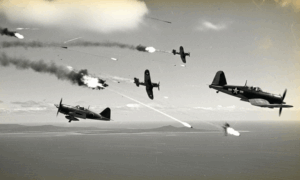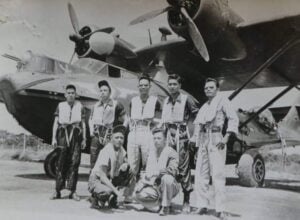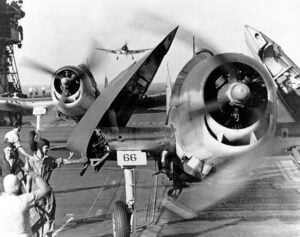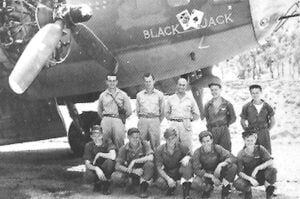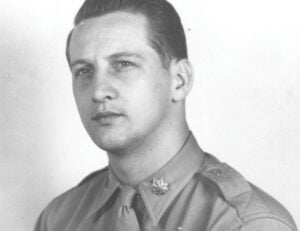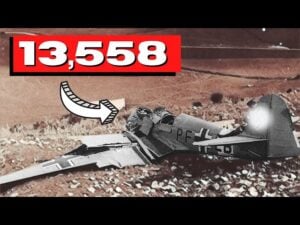P-38 Lightning vs. De Havilland Mosquito: Which Would You Want to Fight WWII In?
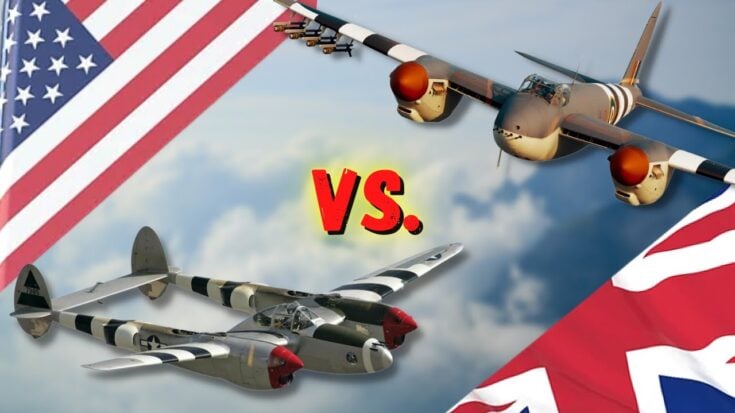
YouTube / Caliban Rising - Aviation History
Imagine it’s 1942. You’re a fresh-faced pilot standing on an Allied airfield, and you’re given a choice: fight WWII in the American-built P-38 Lightning or the British-designed de Havilland Mosquito. Both twin-engine legends, both beloved by their crews, and both born from radically different design philosophies. Which would you choose?
Here are the key factors to consider.
1. Origins and Design Philosophy
The Lockheed P-38 was designed to meet a demanding U.S. Army Air Corps specification calling for high speed, altitude, and endurance. It was cutting-edge and complex, developed in secret by Lockheed’s young team led by Clarence “Kelly” Johnson. The result was a futuristic twin-boom aircraft with heavy firepower and exceptional speed.
In contrast, the Mosquito was born from a radical idea: build a bomber made of wood, stripped of guns, and fast enough to outrun anything it couldn’t outfight. Initially dismissed, it would become the RAF’s most versatile and beloved aircraft.
View this post on Instagram
2. Combat Performance
The P-38’s early operational history was rocky. Issues like compressibility in dives and engine torque failures led to pilot losses and a damaged reputation. However, once refined, it became a lethal long-range escort and ground-attack aircraft, particularly in the Pacific.
The Mosquito, meanwhile, had a smoother debut. It excelled in multiple roles: night fighter, light bomber, pathfinder, reconnaissance platform, and more. With four 20mm cannons and four .303 machine guns, it packed serious firepower, and its speed made it hard to catch.
View this post on Instagram
3. Speed and Range
The early P-38E hit speeds of 415 mph, outpacing the Mosquito FB Mk VI’s 380 mph. With drop tanks, the P-38 could cover 2,600 miles — essential for Pacific operations.
The Mosquito also had excellent range (up to 1,500 miles) and was capable of deep strikes into Europe. Its bomber versions even carried the 4,000-pound “cookie” bomb.
View this post on Instagram
4. Pilot Comfort and Safety
P-38 cockpits were cramped, cold at altitude, and sweltering in the Pacific. Heated flight suits helped, but often only partially. Bailouts were dangerous due to the aircraft’s twin-boom layout.
The Mosquito, though also tight, had a second crew member to ease the workload. It was easier to bail out of, and anecdotally had a very low loss rate, especially as a night fighter.
View this post on Instagram
5. Versatility and Legacy
The P-38 served as a bomber escort, interceptor, fighter-bomber, and reconnaissance aircraft. It claimed over 10,000 kills and was the mount of America’s top ace, Richard Bong.
The Mosquito’s resume is even more extensive. It bombed Gestapo HQs, guided bomber streams, and performed precision strikes. It became a symbol of British ingenuity and remains a legendary multi-role aircraft.
Verdict
The P-38 was more of a pilot’s fighter — fast, heavily armed, and dominant at high altitude. But it had a steeper learning curve and was less forgiving in early versions.
The Mosquito was the Swiss Army knife of the skies — elegant, versatile, and reliable. If you wanted to live to tell the tale, especially at night, the Mosquito may have been the safer bet.
So which would you want to fly into WWII in: the sleek, fast, high-altitude P-38 Lightning or the wooden wonder that could do it all, the de Havilland Mosquito?
Let us know in the comments.














